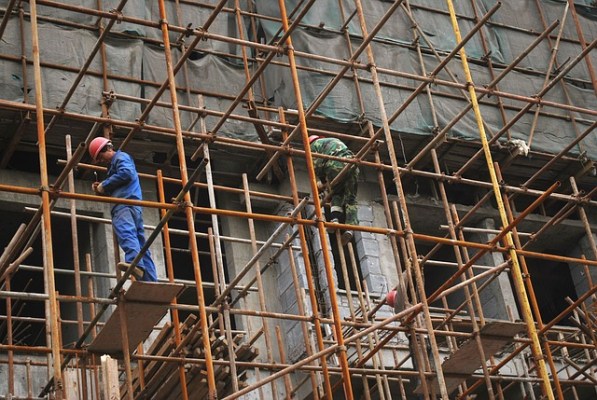Urban construction and development is about as far as you can get from an easily scalable business.
Designs from architects are usually bespoke or one-off. Land-use politics are unpredictable. Individual construction sites are uniquely sized and materials can change from building to building.
So cost overruns are the norm, rather than the exception.
A new Y Combinator-backed company called Vernox Labs is hoping to eliminate some of this unpredictability by using reams of unstructured data from previous projects to help general contractors, designers and project managers figure out how to sidestep common building errors.
They’re applying artificial intelligence techniques to the pile of e-mails, Word documents and Excel files that are traded back and forth between contractors and designers as a residential project or hospital is built.
From that data, Vernox Labs produces a predictive checklist or automated design review that project managers can run through with a new proposal. They’re also creating a Google-like search engine so that if sub-contractors or construction workers have questions about specific components or materials, they can get that information instantaneously.
“Every construction project is in its own silo. Every new project is like its own startup. However, similar problems keep resurfacing,” said Vinayak Nagpal, who previously worked at Nokia before co-founding the company with Michael Savaiano through UC Berkeley’s Center for Entrepreneurship & Technology.
“What are the things you haven’t accounted for? Maybe there’s a certain curtain wall system that has been constructed 1,000 times,” Savaiano added. “What has come up in the past that you can learn from?”
Savaiano explained that in a construction process, what will typically happen is that a developer will want to build something. Then they’ll go to an architect, who will create a design. Then a contractor is hired to spec out those designs. That’s where all of this back and forth happens between an architect and builder.
“Buildings are so complex now. The designs are more complex. The materials are more complex. The internal systems are more complex,” he said. “But nothing has been done to help to the delivery of the project. That hasn’t changed in a hundred years. That’s what we’re focused on.”
Savaiano, who has an enterprise sales background, secured a couple of pilot with undisclosed developers. It’s free for now, but the company expects to charge later.
“Our technology tries to simulate problems ahead of time and create predictions based on the asks,” Savaiano said.
